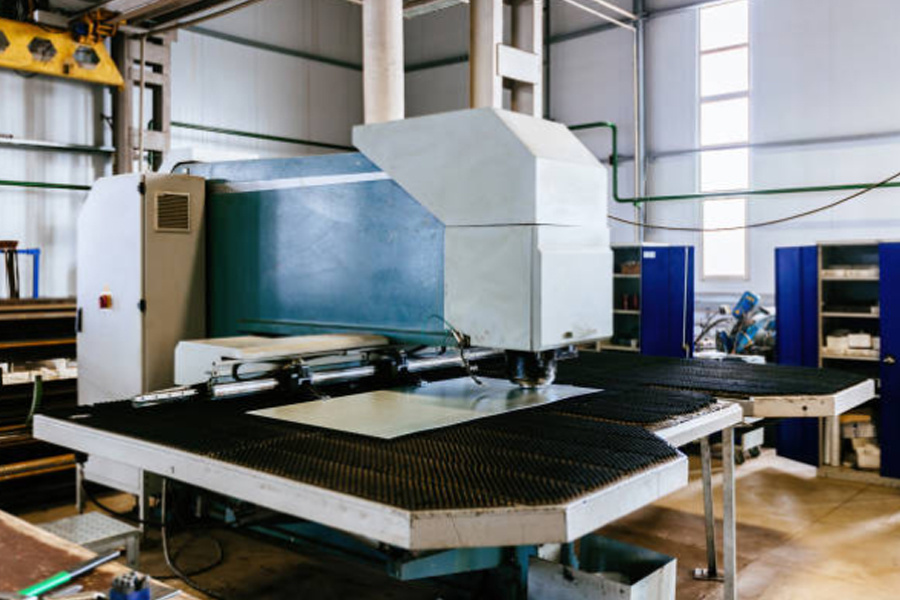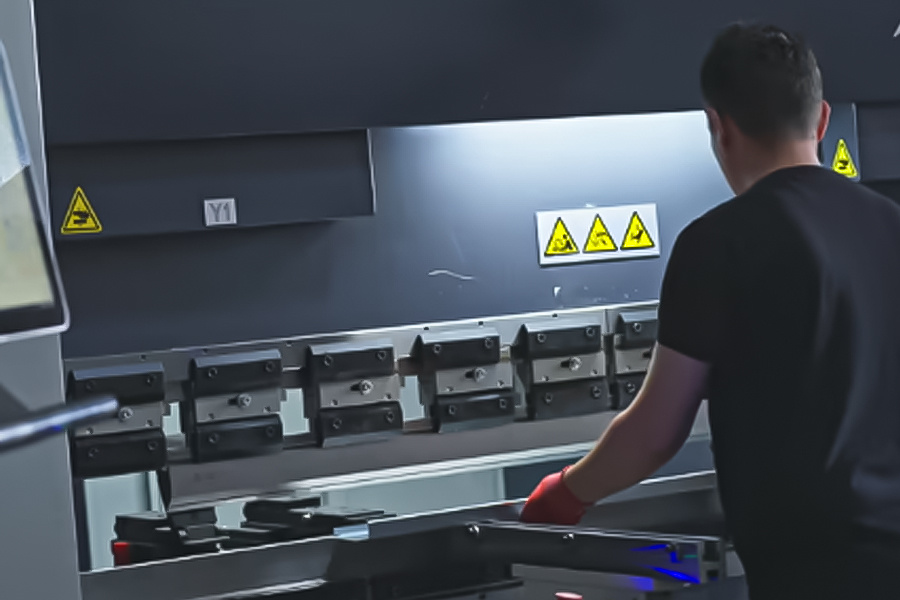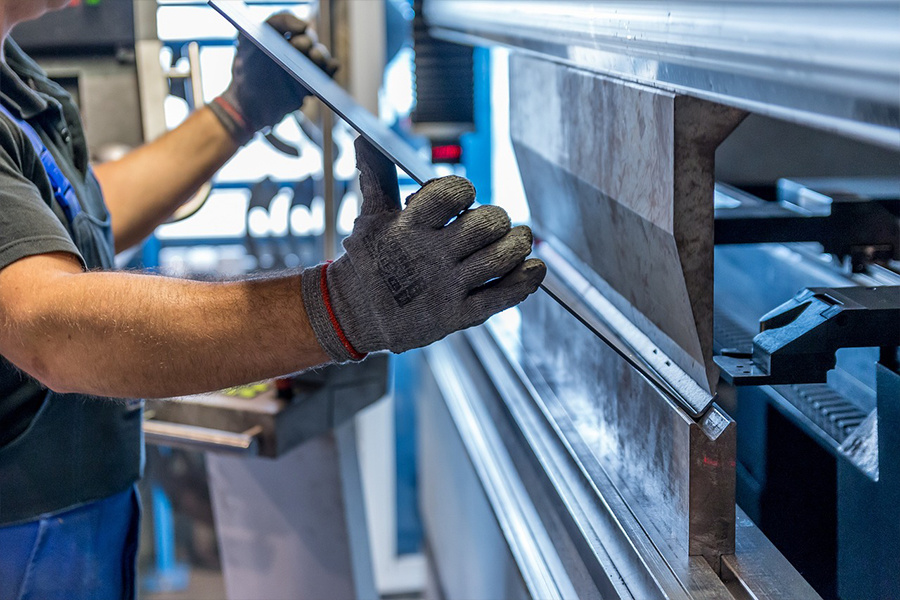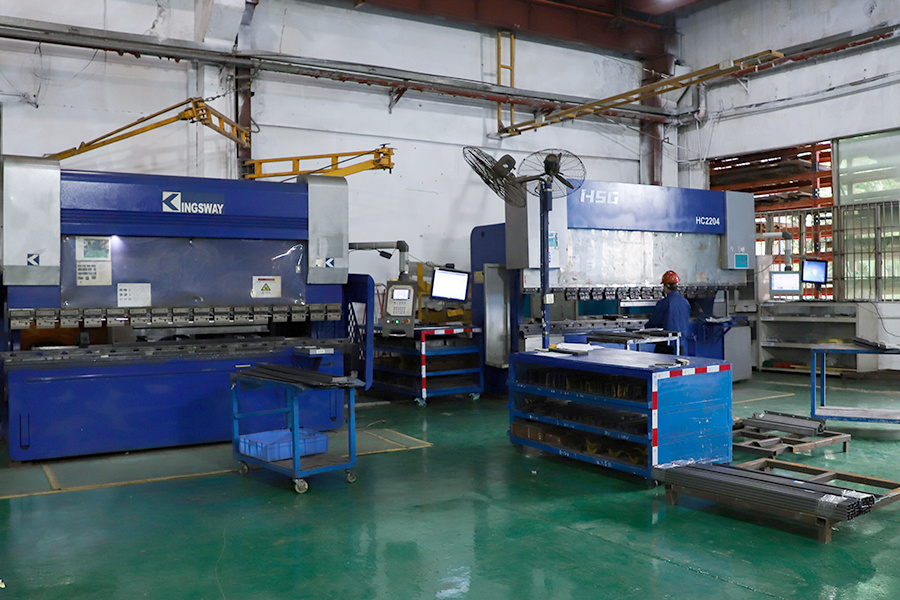Sheet Metal Fabrication: 4 Key Benefits for Underguard Coating
Release time:
2025-05-26
Sheet metal processing is the core value of bottom guard plate spraying. Through precise structural forming optimization, surface pretreatment to improve coating adhesion and multi-process surface treatment, the bottom guard plate structure support, surface strengthening and functional upgrade integrated manufacturing are achieved.
As a key protective component of vehicles, mechanical equipment, etc., the spraying quality of the bottom guard plate directly affects its service life and appearance. Sheet metal processing provides full-process support from structural design to surface pretreatment for the spraying of bottom guard plates through shearing, bending, forming, surface treatment and other processes of metal plates. The deep synergy of the two not only improves the spraying effect, but also gives the bottom guard plate multiple performance advantages, becoming an important combination of material protection and functional enhancement in industrial manufacturing.
The core value of sheet metal processing in the spraying of bottom guard plates is reflected in: ensuring uniform coverage of the spraying area through precise structural forming, improving coating adhesion through surface treatment, balancing protective performance and manufacturing costs through process optimization, and finally achieving the integrated manufacturing goal of "structural support - surface enhancement - functional upgrade".
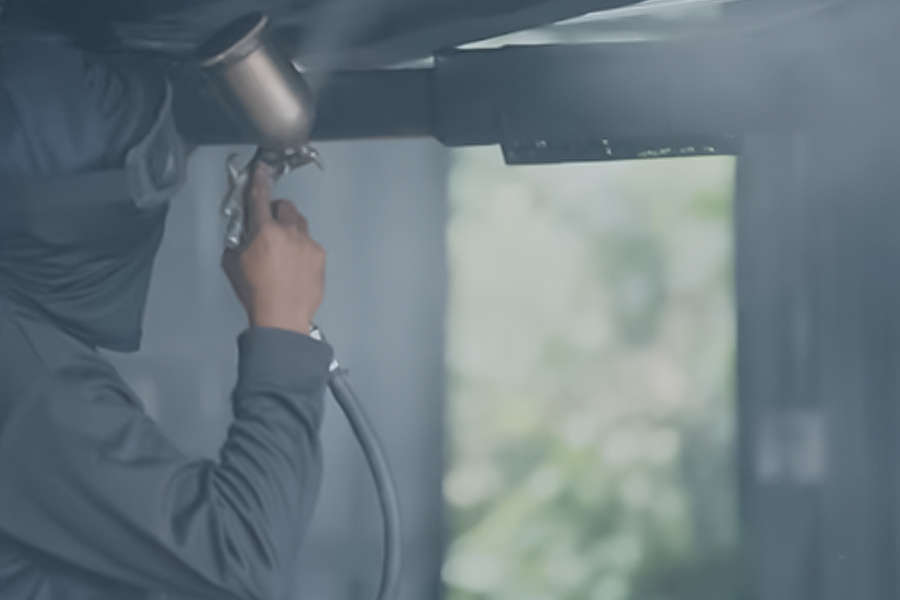
Four core help of sheet metal processing for the spraying of bottom guard plates
1. Structural forming optimization: laying the foundation for spraying
Precise bending and cutting sheet metal processing uses CNC bending machines and laser cutting machines to process flat materials into three-dimensional structures that conform to the shape of the bottom guard plate (such as concave and convex surfaces, flanges, guide grooves, etc.). These structural designs not only meet aerodynamic or installation requirements, but also avoid paint accumulation and spray leakage during spraying through reasonable arcs and angles (such as bending angles controlled at 90°±1°), ensuring that the coating evenly covers complex curved surfaces.
Hole position and boundary processing For the installation holes, heat dissipation holes and other features of the bottom guard plate, sheet metal processing uses stamping or CNC drilling technology to achieve smooth transition of the hole edges (such as deburring). Flat boundaries can reduce the edge paint flying phenomenon during spraying, avoid the risk of coating damage caused by burrs, and provide a clean substrate surface for subsequent spraying processes.
2. Surface pretreatment: Improve coating adhesion performance
Sheet leveling and stress relief The bending or internal stress that may exist in the raw materials is eliminated by multi-roll rolling of the leveling machine to ensure that the surface flatness of the bottom guard plate meets the standard (such as flatness error ≤0.5mm/m). The stress-free flat surface can avoid coating cracking caused by material deformation after spraying, and at the same time provide a uniform substrate for subsequent surface treatments such as sandblasting and phosphating.
Multi-process surface treatment
● Sandblasting: Through quartz sand or steel shot spraying, a micron-level rough texture (such as roughness Ra 1.6-3.2μm) is formed on the surface of the plate to increase the mechanical bite area between the coating and the substrate;
● Phosphating/passivation: Chemical treatment generates a dense protective film on the metal surface to enhance the chemical bonding between the coating and the substrate, especially for easily oxidized materials such as aluminum alloys and galvanized sheets, which can effectively prevent corrosion of the substrate under the coating.
3. Assembly accuracy guarantee: Reduce post-spraying processing damage
Modular molding design sheet metal processing divides the bottom guard plate into modular components such as the main plate, reinforcement ribs, and mounting brackets, which are formed separately and then assembled by welding or riveting. This design avoids the damage to the coating caused by secondary processing (such as drilling and bending) after overall spraying, ensuring the accuracy of the installation hole position (such as hole position deviation ≤0.2mm) and the integrity of the coating.
Reserve process holes for spraying. Reserve process holes (such as guide holes with a diameter of 5-10mm) during the design stage of sheet metal parts to facilitate air circulation and uniform distribution of paint during spraying, while avoiding defects such as bubbles and sagging caused by closed cavities, and improving the spraying yield of complex structural parts.
4. Material compatibility optimization: Adapt to multiple spraying needs
● Material selection and forming process matching For different spraying processes (such as powder spraying, liquid spraying), sheet metal processing can choose suitable sheet materials:
● Stainless steel sheets (such as 304 stainless steel) are bent and formed, and the surface is sprayed with corrosion-resistant coating, which is suitable for equipment bottom guard plates in high humidity environments;
● Aluminum alloy sheets (such as 6061-T6) are pre-treated by anodizing and combined with powder spraying to achieve the dual performance of lightweight and high strength.
Thickness and strength balance Through the stretching and stamping process of sheet metal processing, the material thickness is increased in the local area of the bottom guard plate (such as the edge support) (such as from 1.5mm to 2.0mm), which improves the structural strength while avoiding deformation after spraying due to too thinness, ensuring the stability of the coating in a long-term vibration or impact environment.
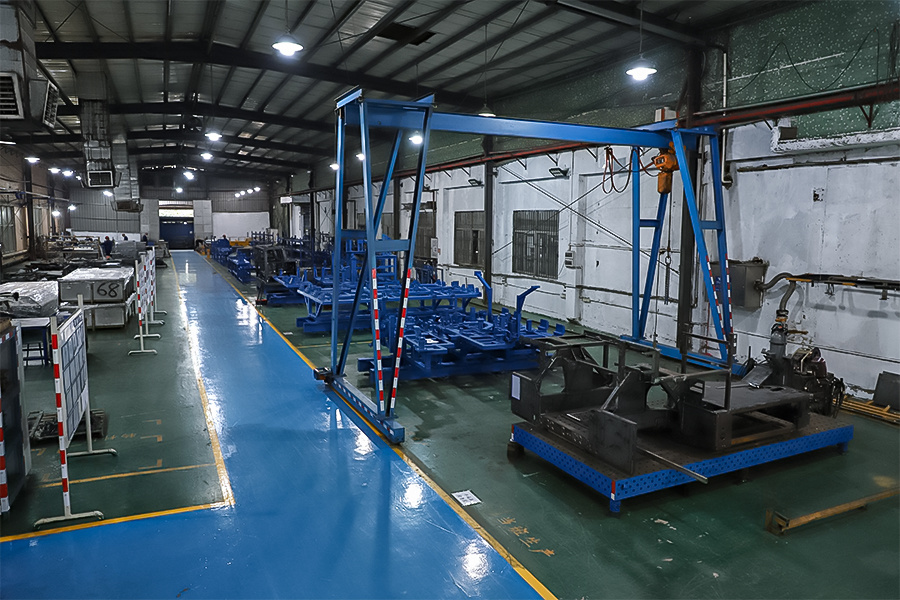
Application advantages of sheet metal processing to enable bottom guard plate spraying
1. Upgraded protection performance
The bottom guard plate that has been pre-treated by sheet metal has a significantly improved salt spray test time after spraying (such as from 500 hours in traditional processes to more than 800 hours), effectively resisting the erosion of rain, mud, acid and alkali substances, and extending the service life of the equipment.
2. Improved appearance quality
The high-precision molding of sheet metal processing (such as surface roughness Ra≤1.6μm) combined with the spraying process can achieve high finish on the surface of the bottom guard plate (such as gloss ≥90%), meet the requirements of high-end equipment for appearance texture, and avoid common defects such as orange peel and particles in traditional processes.
3. Integration of lightweight and functionality
Through the hollow design of sheet metal processing, bending weight reduction grooves and other processes, the weight of the bottom guard plate is reduced (such as 10%-15% weight reduction) while ensuring strength, and sufficient attachment space is reserved for the spray coating to achieve the manufacturing goal of "weight reduction without reducing protection".
Sheet metal processing reshapes the value of bottom guard plate spraying
Sheet metal processing plays the dual role of "bottom-layer architecture designer" and "surface enhancement enabler" in bottom guard plate spraying. From the precision control of structural forming to the process coordination of surface treatment, from the scientific selection of material adaptation to the early avoidance of assembly damage, each link lays the foundation for the improvement of spraying effect. This deep integration of cross-processes not only solves the problems of uniformity, adhesion and durability in traditional spraying, but also promotes the upgrade of bottom guard plates from "basic protective parts" to "performance enhancement parts".
Under the trend of pursuing refinement and functionalization in the manufacturing industry, the collaborative innovation of sheet metal processing and bottom guard plate spraying will continue to deepen. In the future, with the popularization of digital modeling and automated spray lines, the process connection between the two will be closer, providing more cost-effective protection solutions for industries such as vehicles, machinery, and electronics, helping products achieve long-term and reliable operation in complex environments.
Key Words




